The State of Digital Imaging
by Wesley Fink on January 26, 2009 12:02 AM EST- Posted in
- What's New with Wes
January and February are anticipation months in the Digital Camera industry this year. Anything big is likely to wait until PMA in March to be announced. Manufacturers are consolidating product lines, reshuffling their point-and-shoot offerings, and dropping hints. With the worldwide economy in recession (or worse) things seem even slower than usual as the Digital SLR industry – which many thought was bullet-proof – is finally feeling the pinch of declining sales.
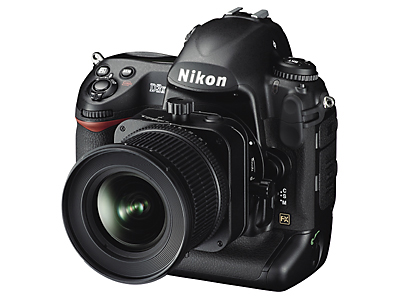
The last two big deliveries in the industry were both full-frame sensor cameras, with huge 24x36mm sensors with no crop factor at all for 35mm lenses. The Nikon D3x was shipped with a controversial $8000 price tag. It turned out to be a 24.5 megapixel Pro camera with a sensor manufactured by Sony "to Nikon specifications" with Nikon electronics and build quality. Like the Pro D3 the D3x features an integral motor and incredible ruggedness to stand up to anything a Pro might ask of the $8000 camera.
The Sony A900, with what is likely the same Sony base sensor, is selling for $2999. The Nikon D3x does have slightly lower noise at high ISOs (3200-6400) than the Sony A900, but some recent resolution tests show the Sony A900 and Nikon D3x a dead heat in resolution at lower ISOs. In the ISO range from 100 to 1600 (looking at raw data) the Sony A900 and Nikon D3x are neck and neck in noise, which just reiterates the impact of the base sensor on noise and resolution.
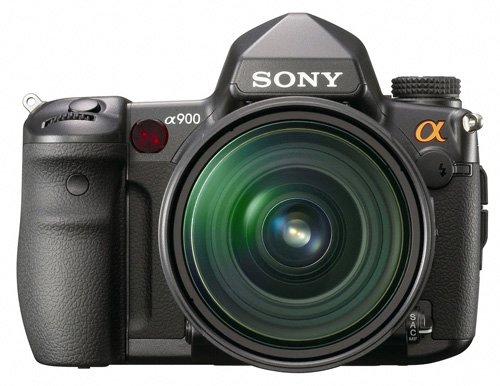
Nikon has done a great job with the D3X, but some wonder if the Nikon image processing and Pro build is worth the extra $5000? Even if we forget an A900 comparison the D3x is about twice the current $4200 price of the Nikon Pro D3, which is in almost every way but the sensor the same camera as the D3x. The D3 has a 12 MP sensor but goes to ISO 25600 instead of ISO 6400 and reaches 9 FPS instead of the 5FPS of the D3x. Nikon prefers to compare the D3x to Medium Format cameras with digital backs. In that arena the $8000 D3x looks like a tremendous bargain compared to the $20,000 to $30,000 Medium Format digital backs.
It took Sony a while to get into the D300 quality arena with their A700, which both use a sensor manufactured by Sony. Sony eventually reached their goal of comparable JPEG images with V4 firmware. We are left to wonder if a similar firmware update is coming for the A900 that will improve the less than spectacular JPEG engine. Performance is remarkably close to the D3x shooting RAW, but the Sony JPEG engine is certainly not the equal of Nikon's JPEG. With pricier full-frame models many may rightly wonder if in-camera JPEGs really matter since the cameras are more likely to be used in RAW mode than cheaper and less capable DSLRs.
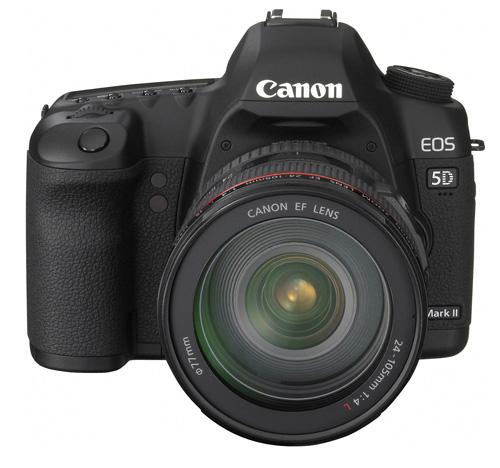
At the other end of the full-frame spectrum from the $8000 D3x the Canon 5D Mark II finally arrived after a 3-year wait. The new 5D2 instantly obsoleted Canon's own $8000 1Ds Mark III. Canon themselves proclaimed the 21.1 megapixel sensor in the 5D2 to be their best sensor, so it should be obvious that a 1Ds Mark IV should be arriving at PMA or soon thereafter.
It is interesting that Pixel-Peepers immediately found a “fatal” flaw in the 5D2, with black dots appearing to the right of blown highlights like Christmas lights and street lights in certain low light conditions. The Forums made a huge deal of it, ignoring all the incredible value Canon was delivering with the $2699 5D2. Canon recently released firmware that fixes the issue, and if you are a 5D2 owner you should definitely upgrade to the new firmware. Frankly we found you had to work really hard to set up a shot that would reveal the mysterious black spots on the right, but with the new firmware there is no reason to continue worrying.
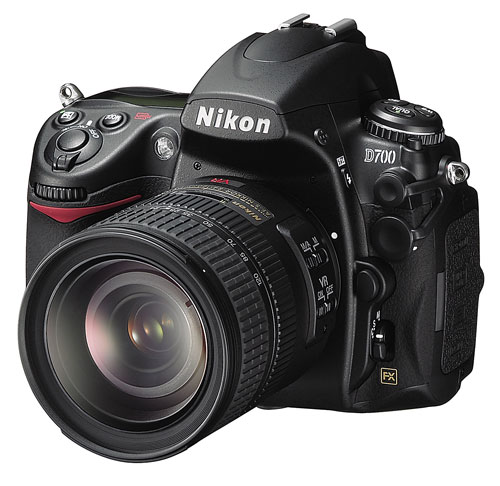
It should be clear to everyone by this point that the Pro DSLR is now full-frame. Even the top of the prosumer line is filled with full-frames, with the Sony A900, Canon 5D Mark II, and Nikon D700 all available for under $3000. Those prices will continue to drop and the next big full-frame is likely to come from Sony in a cheaper full-frame that may possibly be called the A800. With the Nikon 12 megapixel full-frame sensor looking low-res beside 21 to 25mp sensors the D700 price is dropping, and we would not be surprised to see a new lower priced Nikon full-frame coming in the near future as well.

One of the big events of recent months is finally getting recognition from the “important” photo sites. When we lauded the Panasonic G1 as the most interesting and desirable “entry” camera in our Holiday Digital Camera Buyers Guide, some criticized the selection as short-sighted. Since then Popular Photography has named the Panasonic G1 their "Camera of the Year" and dpreview has finally published a glowing review of the new G1.
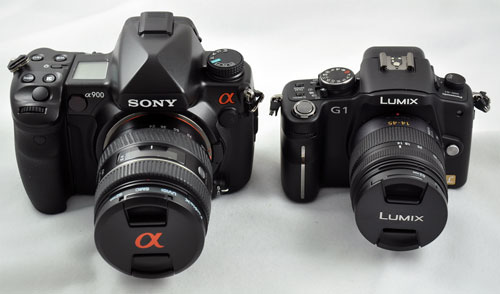
It appears some early critics of the G1 missed the point that the G1 was genuinely unique in the Digital Photography world – a world in which true innovation is very rare. The G1 is not as small as many would like, but the lenses for the camera are truly small. The whole micro 4/3 system also promises truly tiny interchangeable lens cameras with big sensors – which many have been clamoring for. Promise is the reason the G1 is exciting – more so than what it actually is. There is certainly nothing wrong with the product, as the G1 is a great camera, but just consider what is likely to come.
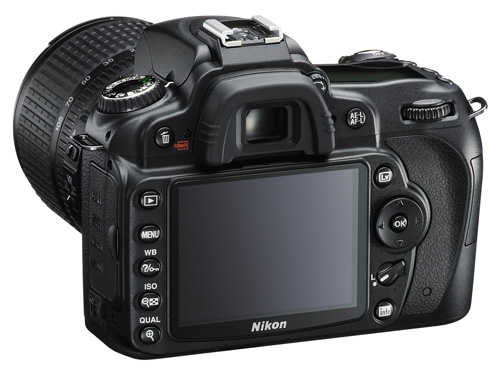
Perhaps the biggest promise of the Panasonic G1 is video. Nikon whet the appetite with their crude implementation of HD with no auto focusing capabilities with the D90. Canon took it further with true 1080p HD capabilities with slow focusing limiting the utility. Still the 5D Mark II is capable of stunning video with careful planning.
Panasonic tells us Micro 4/3 was developed with video in mind, and the super fast multi-point contrast detection sensor in the G1 will be an exciting base for a truly capable full HD interchangeable lens big sensor still camera with no-compromise full HD movie capabilities. The biggest question right now is not if we will see a micro 4/3 that does video, but rather when that camera will arrive. Is PMA too soon?
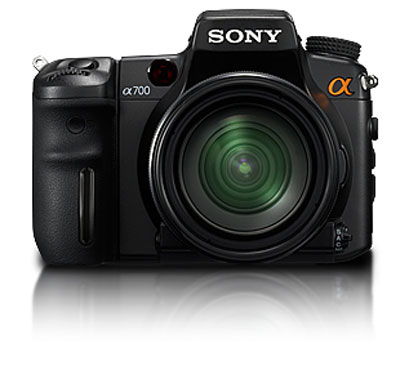
With Canon, Nikon, and soon Panasonic/Olympus in interchangeable lens HD video as a still camera option, the market is left to wonder where Sony might be. As a huge player in video and now number 3 in the DSLR market, most assumed Sony would be the first with video capabilities in this market. That hasn’t happened, but if I were a betting man I would bet Sony will have some video surprises at PMA. Everyone expects an A700 replacement to be announced this March, and it might just be the missing video link.
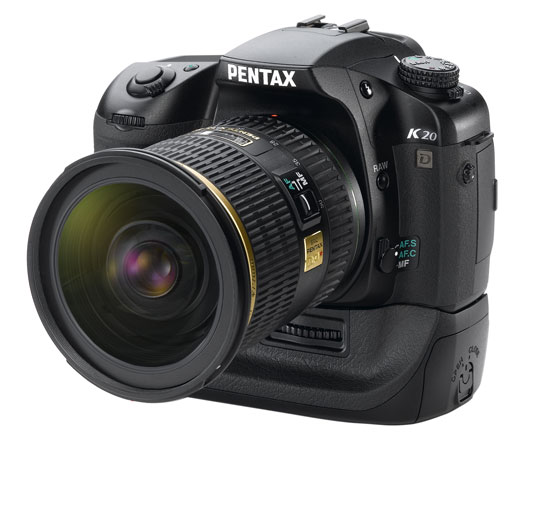
Then there is the question of Pentax. The 14.6 megapixel K20D is one of the most capable DSLR cameras we have tested in the past year, and yet it gets consistently ignored on many photography review sites. Today, with a list price dropped to $999 and a street selling price of about $750 for the K20D body the camera is truly an incredible value. This is particularly true when you consider the environmental sealing lavished on the K20D – which is largely missing on others in its class.
The K20D solidified the marriage of Pentax and Samsung with the innovative Samsung 14.6 MP CMOS sensor. Will Pentax finally upgrade their very accurate but slow 11-point AF module? Will we finally see a Pentax that can do more than 3 FPS? Will Pentax survive this economic crisis? If Pentax does survive, we know that Samsung, along with Sony, is a patent holder on the process used to produce full-frame CMOS sensors such as the Sony 24.6 megapixel sensor. Knowing that we have to wonder if Samsung will also choose to play in the full-frame arena.










40 Comments
View All Comments
Wesley Fink - Monday, January 26, 2009 - link
Thanks for bringing this to our attention. The link is now corrected and should work.kompulsive - Monday, January 26, 2009 - link
Too many people sleep on Pentax.knutjb - Monday, January 26, 2009 - link
We all have our favorite brand usually because we have accumulated lenses for that brand and have adapted to their controls. Most cameras have more bells and whistles than 98% of us need or use including pros. I do like a flexible camera but don't loose the art in all the technology.The G1 looks like it is following Leica's designs closely with cameras big enough to contain the parts but no more. A lot of people don't care to pull out a monster lens for most shooting but want a quality image. I would like to see what it can do.
As for me I have been using Canons since my first A1 and have adapted to them. I would love an M series Leica if I only had the cash...
mattsaccount - Monday, January 26, 2009 - link
The article claims they are. Although they are both manufactured by Sony, has this ever been established as a fact? The high ISO performance of the D3X appears to be superior, consider:http://masterchong.com/v3/sony-alpha/nikon-d3x-vs-...">http://masterchong.com/v3/sony-alpha/ni...50-iso64...
mattsaccount - Monday, January 26, 2009 - link
Here's some better evidence that these two sensors are not the same:http://www.robgalbraith.com/bins/multi_page.asp?ci...">http://www.robgalbraith.com/bins/multi_page.asp?ci...
"While it's acknowledged that Nikon uses image sensors principally designed by Sony in many of its digital SLRs past and present, the D3X's sensor was described in a recent briefing by Nikon USA's Silverman as an "original Nikon design" that does not and will not appear in cameras from other digital SLR manufacturers. In addition, Nikon issued the following response to the questions they received from us and others about the D3X imager's roots:
The Nikon D3X’s 24.5-megapixel FX-format (35.9 x 24.0mm) CMOS sensor was developed expressly for the D3X in accordance with Nikon’s stringent engineering requirements and performance standards, with final production executed by Sony. Featuring refined low-noise characteristics, 12 and 14 bit output, Live View capability and more, the D3X’s unique sensor design was carefully blueprinted to perform in perfect concert with proprietary Nikon technologies including EXPEED Image Processing and the Scene Recognition System. Meticulous efforts allowed the sensor to become one of the many essential components and technologies which contribute to the D3X’s superior image fidelity."
Wesley Fink - Monday, January 26, 2009 - link
Anyone who still believes the Nikon D3x sensor is not the Sony sensor is reading too many Nikon press releases. The electronics and image prcessing are Nikon, and that is largely responsible for the slightly lower noise at higher ISOs in the D3x compared to the A900.Since most CMOS sensors do a lot of the image processing on the sensor itself it is likely Nikon did specify different processing paths on the sensor, which would technically make the D3x sensor a "Nikon design", but the base sensor is the Sony 24.6 megapixel with one row not used as is the case in the D300/A700 pair.
weh - Monday, January 26, 2009 - link
Let's see: from one purveyor, a sensor with 12-bit data access and support electronics, a Bayer filter, an AA filter and a specific micro-len design; from another purveyor, the same identical sensor substrate but with both 12-bit & 14-bit data access, different support electronics, multiple "read" areas, a different Bayer filter, a different AA filter and a significantly different micro-lens design. [dripping-sarcasm] Sounds like the identical sensor to me -- Nikon should be horse-whipped for charging $5K extra for the same camera and everyone should just buy the Sony in protest. [/dripping-sarcasm]Wesley Fink - Monday, January 26, 2009 - link
For some all of the points you mention will make the Nikon D3x worth the extra $5000. You forgot to mention that the A900 and D3x both feature the same 5FPS maximum shooting speed, and that the ISO for the Nikon is 50-6400 and the Sony is 100-6400.Also contrary to what many are saying weather sealing on the Sony A900 is decent and there, but definitely not to the level of the Nikon D2x. The dual CF cards on the Nikon with auto switching and the ability to save RAW to one and the same JPEG shot to the other is important to some - or to save the same shot to both cards for insurance. The Sony dual CF/MSPro slots can only be manually selected and cannot work simultaneously, which is far inferior.
weh - Monday, January 26, 2009 - link
There are many differences between the A900 and the D3X -- the sensor is only one of them. My post was in response to your having referred to the sensor as being the same in both cameras, in spite of Nikon's marketing hype. While the sensor substrate is clearly the same, the "sensor package" is clearly different. It would be impossible to use Sony's version in the Nikon body and vice versa.While I question the value of the D3X for "most" photographers outside those professionals already invested in the Nikon system and in need of a high-resolution, full-frame body, your blog post and later comment infer that the two cameras are little different because of their use of the "same" sensor -- a statement that is both misleading and out-of-line. I expect better of you and AnandTech.
The Sony A900 is, indeed, a great value for those wanting a high-resolution 35mm body. The Canon 5DII is arguably an even better value in that it is supported by a much larger system of lenses and accessories. But the Nikon D3X has its place and that place is currently top-of-the-heap among 35mm DSLR bodies -- Sony sensor or no....
Wesley Fink - Monday, January 26, 2009 - link
Nikon has responded to our inquiry asking if Sony makes the D3x sensor and what the real differences are from the A900 sensor:"Wesley – Thanks for getting back to me so quick, and we appreciate you giving us the opportunity to explain our case better.
The D3X image sensor is manufactured by Sony Corporation and it has been expressly developed to conform to Nikon standards.
As this sensor is expressly developed according to Nikon specifications regarding such aspects as imaging characteristics and A/D conversion, it is not the same image sensor built into the a900. As we are unaware of detailed a900 image sensor specifications, we cannot say whether some components of the image sensors are the same or not.
This is the extent of detail we currently have on the technical details of the sensor – I hope this is helpful. If you’re looking for additional points of difference, we can also confirm that the D3X specifications respond to the strict demands of all professional photographers in terms of image quality, operation, feel, speed, durability, and product quality. In addition, based on a900 specifications noted in the camera's brochures, we consider the following D3X specifications to be superior:
1. Lateral chromatic aberration compensation effectively applied with all NIKKOR lenses
2. 16-bit data transfer for image processing
3. Shutter unit durable for approximately 300,000 cycles (built-in self-diagnostic shutter)
4. Built-in mirror balancer
5. Body, including mirror box, made of magnesium alloy
6. 51-point autofocus (including 15 cross-type sensors with lenses with maximum aperture of f/5.6) with Multi-CAM 3500FX autofocus sensor module
7. Auto-exposure with 1,005-pixel RGB sensor
8. Built-in virtual horizon function
We believe that the price of the D3X is appropriate for its specifications, which go far beyond simply satisfying user demands, and the attention paid to minute details from initial design to final manufacture.
Also, if you are looking for someone to quote, let me know, and I can arrange that for you since I am not an appropriate spokesperson for Nikon.
Thank you, and I appreciate your patience on this matter."
I did not name the Nikon source since they would prefer a more appropriate spokesperson for an official quote. However, it seemed a relevant explanation in the context of the comments section.